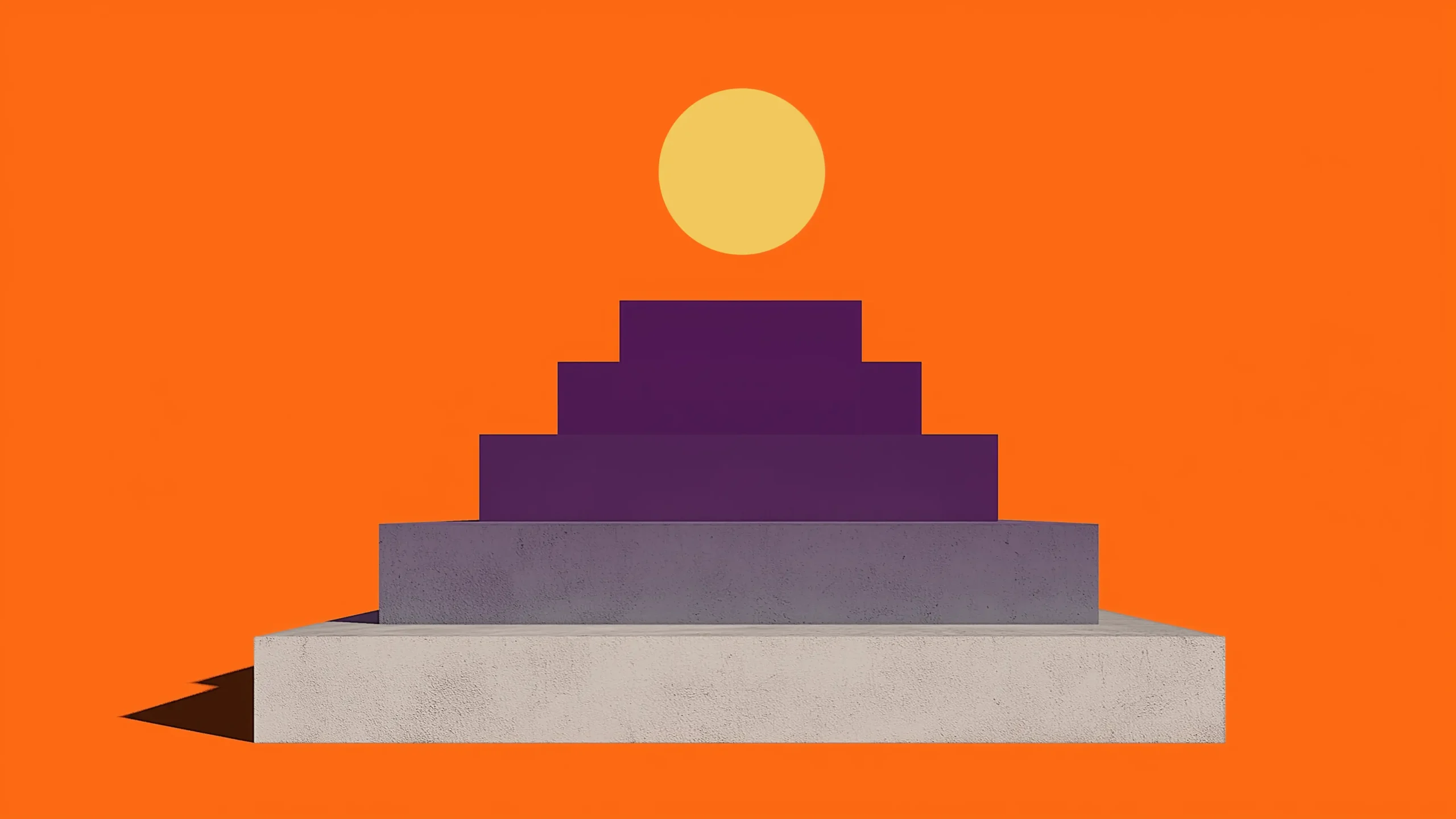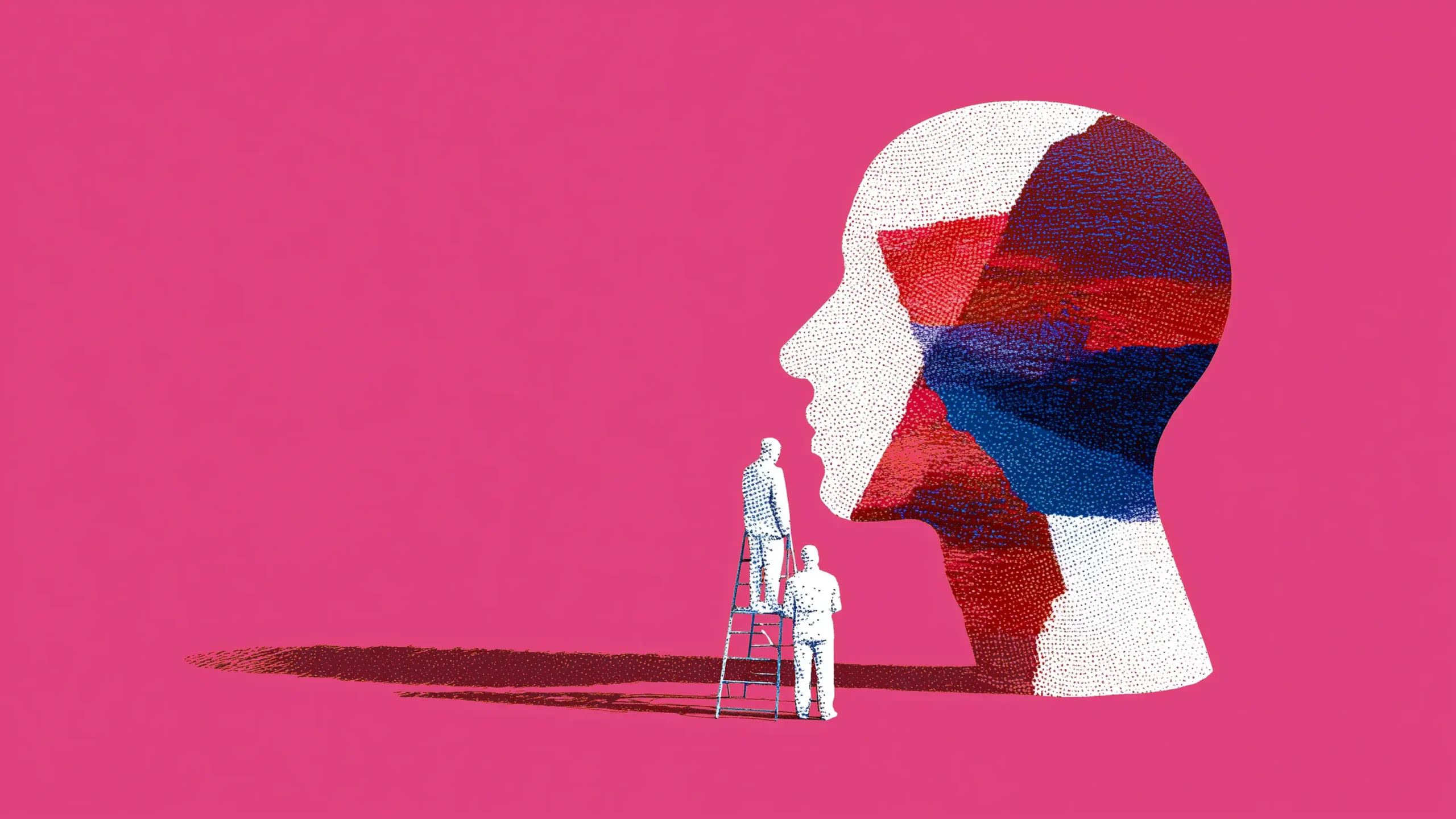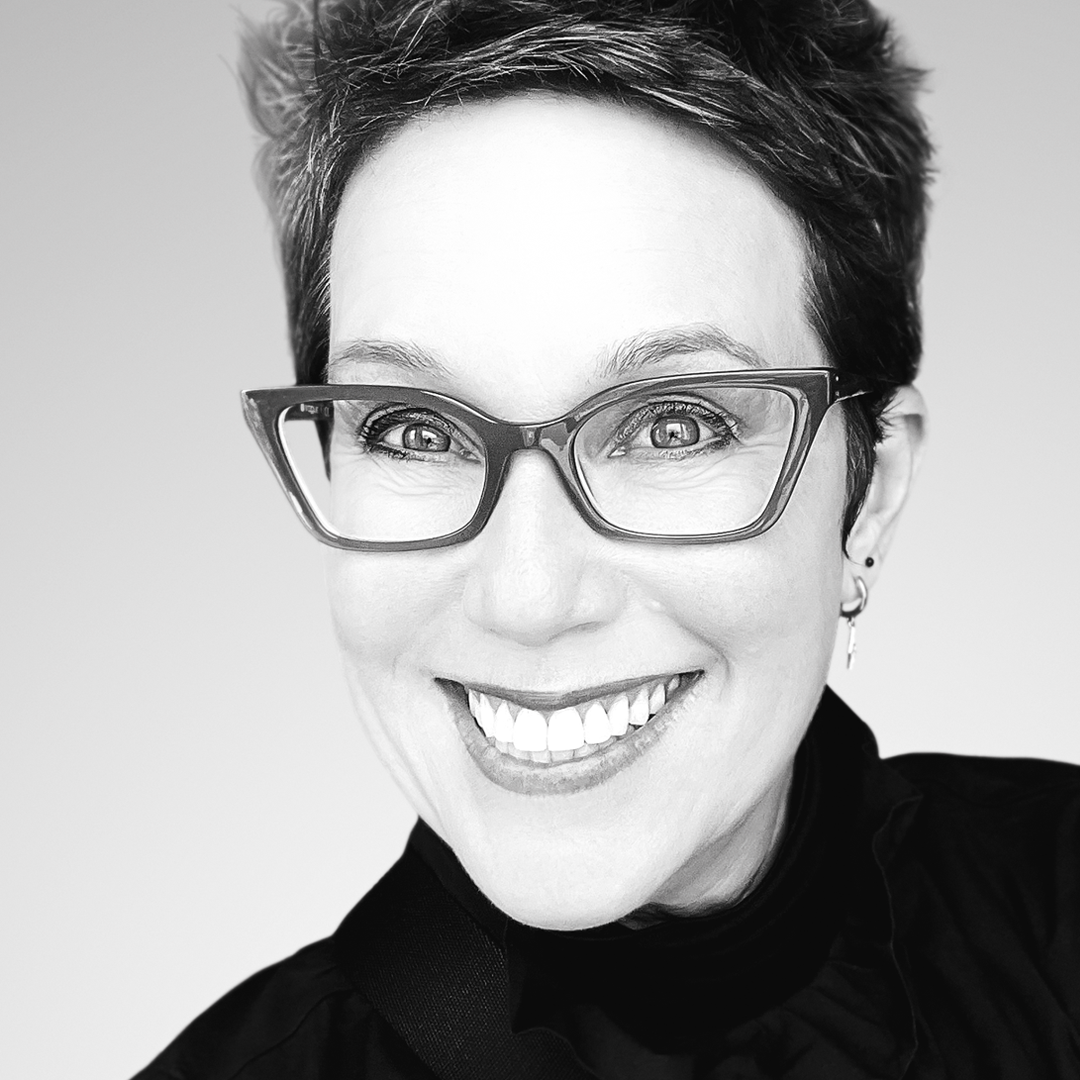Key Takeaways
- The Aquent Pavilion project was a collaborative effort among an international team of designers and developers, with the lead designer being responsible for planning, designing, and executing the pavilion.
- The project used immersive marketing practices to focus on creating brand experiences in the metaverse, with a particular emphasis on sustainability, which served as inspiration for the virtual environment.
- Designing for virtual spaces required careful consideration of how avatars would interact with the environment, including making it easy to navigate and providing clear instructions.
- Gamification was incorporated into the experience to engage users while also communicating Aquent's branding and messaging.
- Lessons learned from this project include the importance of having a clear use case and theme for the virtual world and involving stakeholders early on for alignment and support.
Listen: Constructing a brand in the virtual world.
My colleague Andrew Morse recently wrote about the Aquent Pavilion project and how to make immersive brand experiences in the metaverse. As the lead metaverse designer for this project, it was my job to plan, design, and help execute the Aquent Pavilion, collaborating with an international team of designers and developers. The pavilion project involved experiential marketing, complex workflows, iterative design, and experimentation with WebGL-based platforms. In this blog, we will delve deeper into the technical planning and execution that are essential for building within the metaverse.
Bringing the Aquent brand into a built virtual environment

When considering Aquent's fundamental principles, sustainability emerges as a standout. Since our interactive exhibits were going to focus on our carbon-neutral story, that was the inspiration for our virtual environments. Instead of imagining a built structure like a building, we approached it more like designing a game level with places to visit within the landscape. Thus, we decided on the tropical island, which seemed like a great metaphor for the sustainability theme.
In order to start designing this island, we had to understand the activities that were going to happen there. We designed a set of events and tried to describe them in as much detail as possible. In architecture, we refer to these activities as “programs.”
This program then dictates what kind of spaces we need for experiential marketing. As an example, one of the main types of programs we developed was public presentations for our client community. We envisioned inviting clients and staff to events and presenting on topics of interest, like the use of generative AI in design.
Here are some of the questions we asked ourselves:
- How would we welcome the guests?
- What type of space would be suitable?
- How many people could we expect?
- How would we present the information?
This process is not unlike designing for physical environments; however, we were designing for avatars to inhabit these spaces. From these explorations, we came up with Cambridge Hall, a 100-seat round auditorium at the edge of the ocean.
Designing for any space implies that you understand the specific limitations and possibilities of a given medium. But in virtual spaces, avatars can teleport, change bodies, and have superhuman skills for moving around. As a result, you cannot assume that people will use virtual spaces in the same way that they do physical spaces, and you must make them simple to navigate for those who are unfamiliar with locomoting an avatar.
Here are some of our virtual space considerations:
- Make spaces easy to navigate for digital non-natives.
- Create a clear system of signage and instructions throughout the spaces.
- Keep users in one world for events.
- Provide clear and simple instructions so users know what to expect before events.
- Create a thematic world with interactive elements to make the experience more gamified.
With these simple rules, we were able to build out an extensive virtual world.
Assembling a global 3D design and development team
As we began 3D building in our new virtual space, the importance of a diverse, specialized team became clear. We introduced a gifted Virtual Architect from Spain into our existing team consisting of a 3D Modeler, a Unity Developer, and myself, the Senior Metaverse Designer.
The Virtual Architect took the conceptual sketches I generated, and he quickly created 3D models for us to explore. These included sketches of the island, the number of structures we might want, and what exhibits and other interactive elements would be needed. Instead of looking at them on screen, we loaded them into our Spatial platform and explored them in VR.
The explorations were iterative, and sometimes we had 3-4 variations of the spaces each day, and we would explore the island together as it took form.
One of the most unique aspects of this design experience was being able to use drawing tools in VR to modify and suggest changes to the architectural environments. From there, the Metaverse Designer and Virtual Architect collaborated live in VR from continents away. It was not long until the spaces and environments came together, with everyone contributing their expertise to produce a highly rendered and interactive experience.
Building in gamification

Building gamification into a metaverse experience is key to engaging users. Until more recently, building robust interactive experience designs on WebGL-based platforms like Spatial was very limited.
For the pavilion project, we were able to use Spatial’s Unity SDK to take advantage of a toolkit that permitted us to build basic game logic. Gamification builds experiences that provide things for users to do, i.e., tasks to perform, things to find, and people to engage with. It turns a passive experience into an active one for users to engage in.
Taking a lesson from video game experience design, we decided to build a set of game goals. These activities were to visit exhibits and interactive quizzes to encourage users to travel throughout the island. The learning goal was then to teach people about Aquent’s brand and our innovative ideas on sustainability. Gamification enabled us to communicate our brand in the metaverse in an engaging way.
Managing complex 3D workflows

Synchronizing our workflow on multiple continents and time zones was certainly a challenge with a virtual world project like this. To add to the complexity, developing real-time 3D worlds involves making and sharing complex assets that must be passed through different hands. The key to the smooth execution of this project was to develop a careful work plan and stick to the milestones we set.
Therefore, we decided to use RoboHead, our proprietary project management platform that allows users to share and comment on 3D files in the tool. Each team member was assigned a role, and a comprehensive timeline was developed where tasks were assigned to each team member.
RoboHead allows the Project Manager (PM) to set automatic alerts for upcoming deliverables and makes it extremely easy to track the status of tasks and milestones. We also used the tools to communicate our progress with our leaders.
Once that plan was in place, the team used Dropbox to exchange assets, Slack for meetings and communications, and Unity Version Control to share the Unity database with all users on the project. All active users on the file had to push changes and notify the team members that they were on the file so we would not get errors in the file version.
This way, all the team members were able to work remotely on a complex 3D world. Workflows for remote teams on complex 3D projects are rapidly catching up to the reality of global workforces.
Lessons learned

Designing the metaverse experience is a unique type of experiential marketing project that requires skills from many disciplines. It incorporates aspects of theater, architecture, animation, community management, and event planning. This takes an organization willing to unite across many disciplines to make a successful project happen.
For others interested in creating a similar virtual world project, here are our lessons learned:
- Develop a clear use case for your world. If this is not done, your project will have no clear reason to be. The use case identifies the problem or ideas you want to address.
- Create a theme for your world. This lets users participate in your story and understand what they are doing.
- Identify and engage your stakeholders early on so that everyone becomes aligned with the vision for the project. Getting the stakeholders on board will also ensure more broad support for the project, both at the beginning and later, once the project is up and running.
- Build time into your work plan to change your mind, explore new ideas, and be committed to excellence. Innovation is never a straight line on a smooth path. It is all about iterations to find the final solution.
Latest.

The best marketing automation tools for 2026.
Engineering & Technology, Innovation & Emerging Tech, Marketing & Analytics

Reimagining org design in the fast-paced new world of AI.
Insights from InsideOut, Leadership & Management, Content & Creative

Meet the new emerging role: AI Trainer
Career Advice, Leadership & Management, Engineering & Technology, Innovation & Emerging Tech, Talent Acquisition & Recruitment


